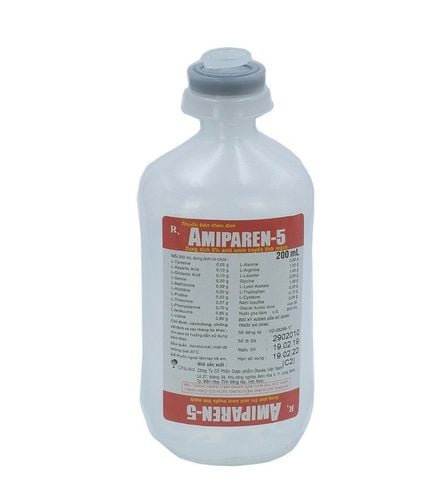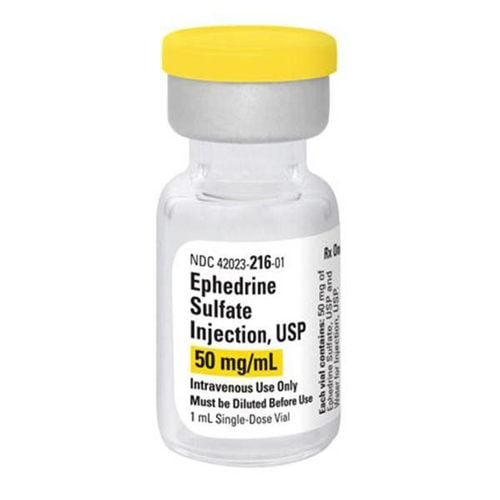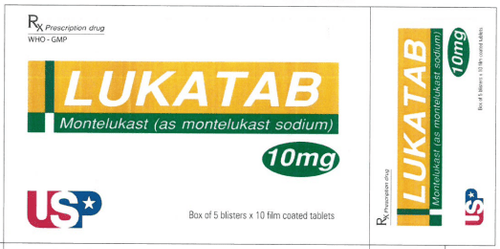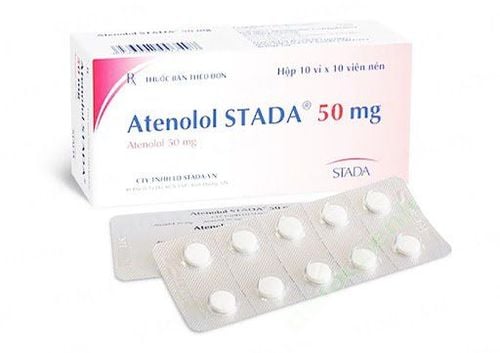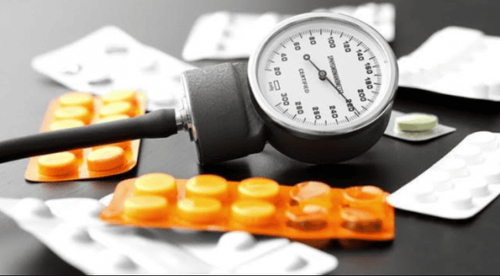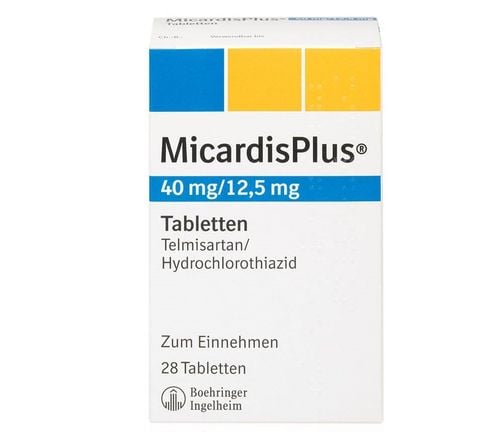This is an automatically translated article.
Synartan medicine has the main ingredient Candesartan Cilexetil with the use of treating hypertension and chronic congestive heart failure. Let's find out more details about the uses, usage and notes when using Synartan through the article below.
1. What is Synartan?
Synartan drug belongs to the group of cardiovascular drugs, made in the form of tablets and packed in boxes of 10 blisters x 10 tablets.
Synartan medicine has the main ingredient Candesartan Cilexetil 16mg and other excipients just enough for 1 tablet.
2. Indications for taking Synartan 16
Synartan drug is used in the following cases:
Treatment of hypertension; Treatment of chronic congestive heart failure; Synartan can be used alone or in combination with other antihypertensive agents.
3. Dosage, how to use Synartan
Synartan can be taken with or without food. The dose of Candesartan Cilexetil depends on the individual patient.
The usual starting dose of Candesartan Cilexetil is 16 mg once daily as monotherapy in patients who are not volume-depleted. Candesartan Cilexetil can be administered once or twice daily for a total daily dose of 8mg - 32mg. Higher doses of Candesartan cilexetil are not associated with greater efficacy and there is little experience with such doses. Most of the antihypertensive effect appears within 2 weeks and the peak antihypertensive effect is achieved within 4 to 6 weeks after treatment with Synartan. If Synartan alone does not control blood pressure, a diuretic can be added.
Synartan can be used in combination with other antihypertensive agents.
Patients with hepatic impairment: In patients with moderate hepatic impairment, a lower starting dose of Synartan should be considered. No adjustment of the starting dose of Synartan is required in patients with mild hepatic impairment.
Patients with hypovolaemia: For patients at risk of intravascular volume depletion (e.g. patients on diuretic therapy, especially when these patients have renal failure), treatment should be considered. Start with Synartan at a lower dose.
Cases of overdose Synartan:
Manifestations of overdose Candesartan Cilexetil are usually: Tachycardia, hypotension, dizziness, may cause bradycardia when stimulated parasympathetic. If the patient shows signs of hypotension, supportive measures must be taken immediately. Hemodialysis cannot rule out Candesaratan.
4. Contraindications to taking Synartan
Synartan drug is not used in the following cases:
Patients with hypersensitivity, history of allergy to Candesartan Cilexetil or any other ingredient in the drug. Severe liver failure or cholestasis.
5. Synartan drug interactions
Candesartan cilexetil is reported to be insignificantly metabolized by the cytochrome P450 enzyme system and at therapeutic doses of Candesartan cilexetil has no effect on P450 fermentation. Therefore, no interaction of Synartan with drugs that are inhibited or metabolised by these enzymes is expected.
No significant Synartan drug interactions were reported in studies of Candesartan Cilexetil with other medicinal products such as Hydrochlorothiazide, Glyburide, Digoxin, Nifedipine, Warfarin and oral contraceptives in healthy subjects.
It has been reported that Candesartan Cilexetil can increase blood potassium levels. Therefore, patients should be cautious when taking Synartan with other drugs that can increase blood potassium levels such as potassium supplements and Spironolactone.
Co-administration of Lithium with Candesartan Cilexetil has an increased plasma concentration of Lithium. Therefore, patients should be closely monitored for plasma lithium levels when co-administered with Synartan.
6. Side effects when taking Synartan
Overall, Synartan is well tolerated. However, during use, patients may encounter some unwanted side effects such as:
Whole body: Fever, body weakness. Central and Peripheral Nervous System: Dizziness, paresthesia. Digestive system disorders: Gastroenteritis, dyspepsia. Cardiac Arrhythmia: Palpitations, tachycardia. Metabolic and nutritional disorders: Hypertriglyceridemia, blood urea, creatine phosphokinase, blood sugar. Musculoskeletal system disorders: Myalgia. Blood disorders: Nosebleeds. Nervous disorders: lethargy, anxiety, neurasthenia. Respiratory disorders: Shortness of breath. Skin disorders: Rash, profuse sweating Excretory disorders: Hematuria. Uncommon: Angioedema, angina, myocardial infarction. Digestive system: Liver dysfunction, hepatitis. Blood system: Leukopenia and neutrophils, agranulocytosis. Metabolic and nutritional disorders: Hyponatremia, hyperkalemia. Kidney: Renal failure, kidney failure. Skin disorders : Pruritus and urticaria.
7. Precautions when using Synartan
Use Synartan with caution in patients with low blood pressure, salt loss and volume depletion. Patients with an active renin-angiotensin system, and salt and volume depletion who may have symptoms of hypotension, should be addressed prior to administration of Synartan and closely monitored. If hypotension occurs, the patient should be placed in supine position and intravenous infusion of normal saline should be considered. Occasionally during the use of Synartan, there is a transient decrease in blood pressure, which is not a contraindication for future treatment. Because of Synartan's inhibitory effect on the reninangiotensin-aldosterone enzyme system, sensitive patients treated with the drug should anticipate changes in renal function. Synartan has not been used for a long time in patients with unilateral or bilateral renal artery stenosis; however, symptoms of increased plasma creatinine or BUN may occur. The use of Synartan in the second and third trimesters of pregnancy can directly affect the renin-angiotensin system, causing damage and death to the fetus. Therefore, do not take Synartan when you know you are pregnant. It is not known whether Synartan is excreted in human milk. However, studies have shown that the active ingredient Candesartan is excreted in the milk of animals (rats). Therefore, Synartan should not be used while breastfeeding. Use caution when driving and operating machinery because Synartan can cause dizziness, neurasthenia, and drowsiness. The above is important information about the uses, dosage and precautions when using Synartan medicine. Note, Synartan is a prescription drug, patients do not arbitrarily use to ensure safety for health.




